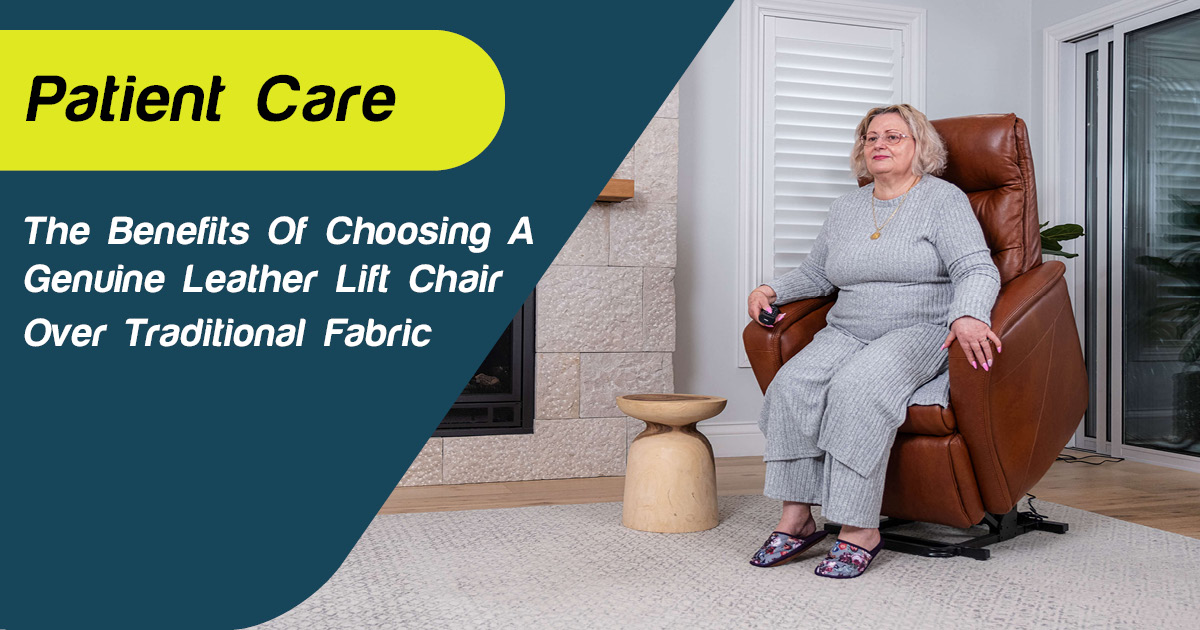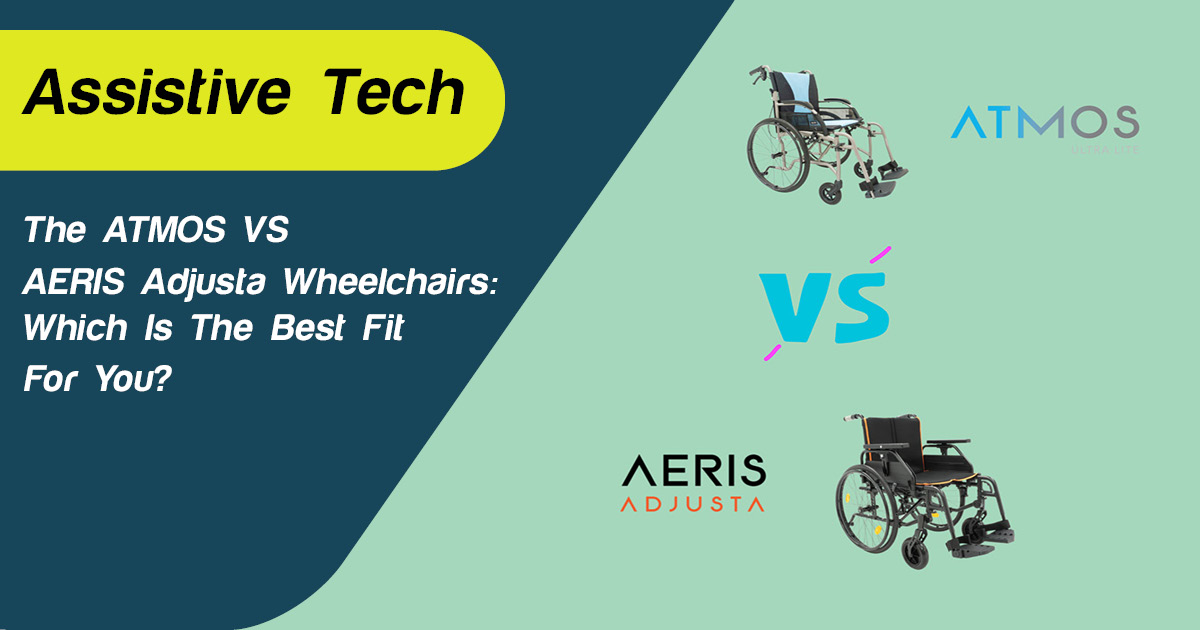
Share
Three or four-wheeled walkers provide more support than walking sticks and are designed for users who can walk reasonably well but who would benefit from extra support over longer distances. Three-wheeled walkers are easy to manoeuvre but are less stable than four-wheeled models (which have a larger base of support) and are therefore rarely recommended. Wheeled walking frames are generally designed for both indoor and outdoor use and feature either bicycle-style hand brakes or push down brakes.
Bicycle-style hand brakes feature levers that can be squeezed upwards to brake temporarily, or pushed down to lock into place. Push down brakes work by pushing down through the handles which then pushes a spring-loaded rubber stopper, (located between the twin castor rear wheels), down onto the ground. When weight is removed from the handles the brakes will spring off. It is important to practice operating the brakes before selecting a walker.
When adjusting the height of a walking frame it is important to wear everyday shoes and stand in a natural position with hands resting comfortably to the sides of the body. In this position, the walking frame handgrips should sit approximately at wrist crease height. Four-wheeled walkers often come with a seat that is fixed in height so it is important to check that this is appropriate before making a purchase. When sitting on the seat in a comfortable position, feet should be resting flat on the ground.
When using wheeled walkers it is important to stay within the base of support, with the frame held at a comfortable position in front of the body. This position should allow a 15 to 30 degree bend at the elbow and facilitate standing in an upright position. When turning corners it is important not to spin directly on the spot, but to walk in a wider turning circle.
Many walkers have optional accessories such as baskets or bags, trays and oxygen bottle holders. It is important not to overload a walking frame with too much additional weight because this may affect its balance. Most styles of walkers fold for storage
Two-wheeled (Rollator) walking frames
Two-wheeled walkers (also know as Rollator frames) are generally recommended for users who can stand with light support but require additional support when walking. They are most suited to indoor use and shorter distances. They feature two wheels or castors at the front, and rubber stoppers (also known as ferrules) or glides (also known as skis) at the rear. Some models have wheels that swivel which can provide better manoeuvrability but may be less stable. Stoppers offer greater stability than glides; however, glides are easier to push over some floor surfaces. Most frames fold for storage or transportation, and some are available with bags or trays.
When using two-wheeled frames it is important to stand upright, holding the frame with both hands and using a natural walking pattern. Slide the frame forwards a small distance, step forward with one leg whilst placing body weight through the frame, and then bring the other leg past the first. Height is adjusted to the correct position as per the process identified within three and four wheeled walking frames.
Static (pick-up) walking frames
Static (also known as pick-up) walking frames have four rubber stoppers (no wheels). They are generally recommended for users who require even more assistance and support when standing and walking and are designed for short distances.
When using the frames, stand upright holding the frame with both hands. Lift the frame forwards a small distance and put it down with all four tips firmly on the ground. Step forward with one leg whilst placing body weight through the frame and then bring the other leg alongside.
Avoid stepping too far forward to prevent over-balancing. A sufficient level of strength and balance is required to use the walkers safely.
Most static frames fold for storage or transportation and the height is measured using a similar process to the other walking frames.
We don't just sell walking frames; we also sell electric wheelchairs, mobility scooters, patient lifting hoists and much more. If you want to know how we can help you just give us a call on 02 9649 2111.









